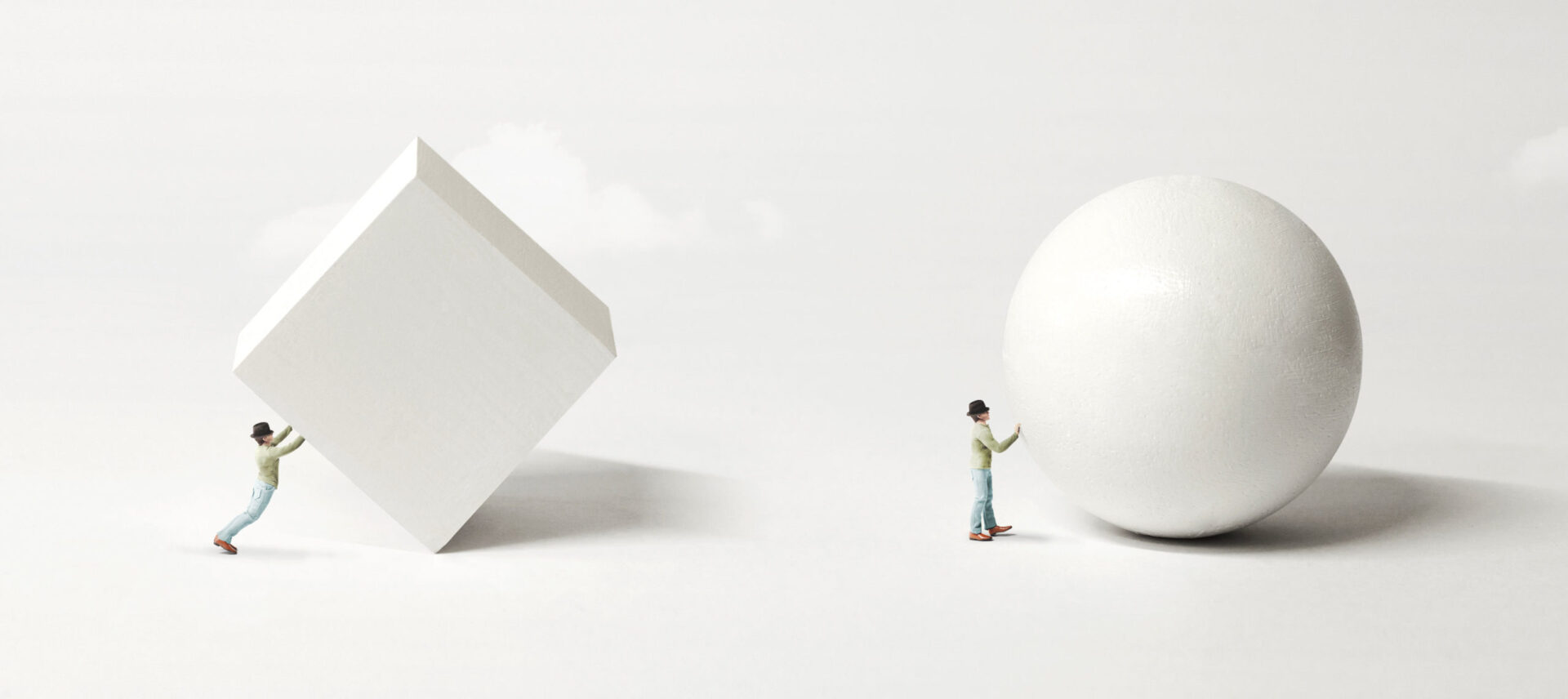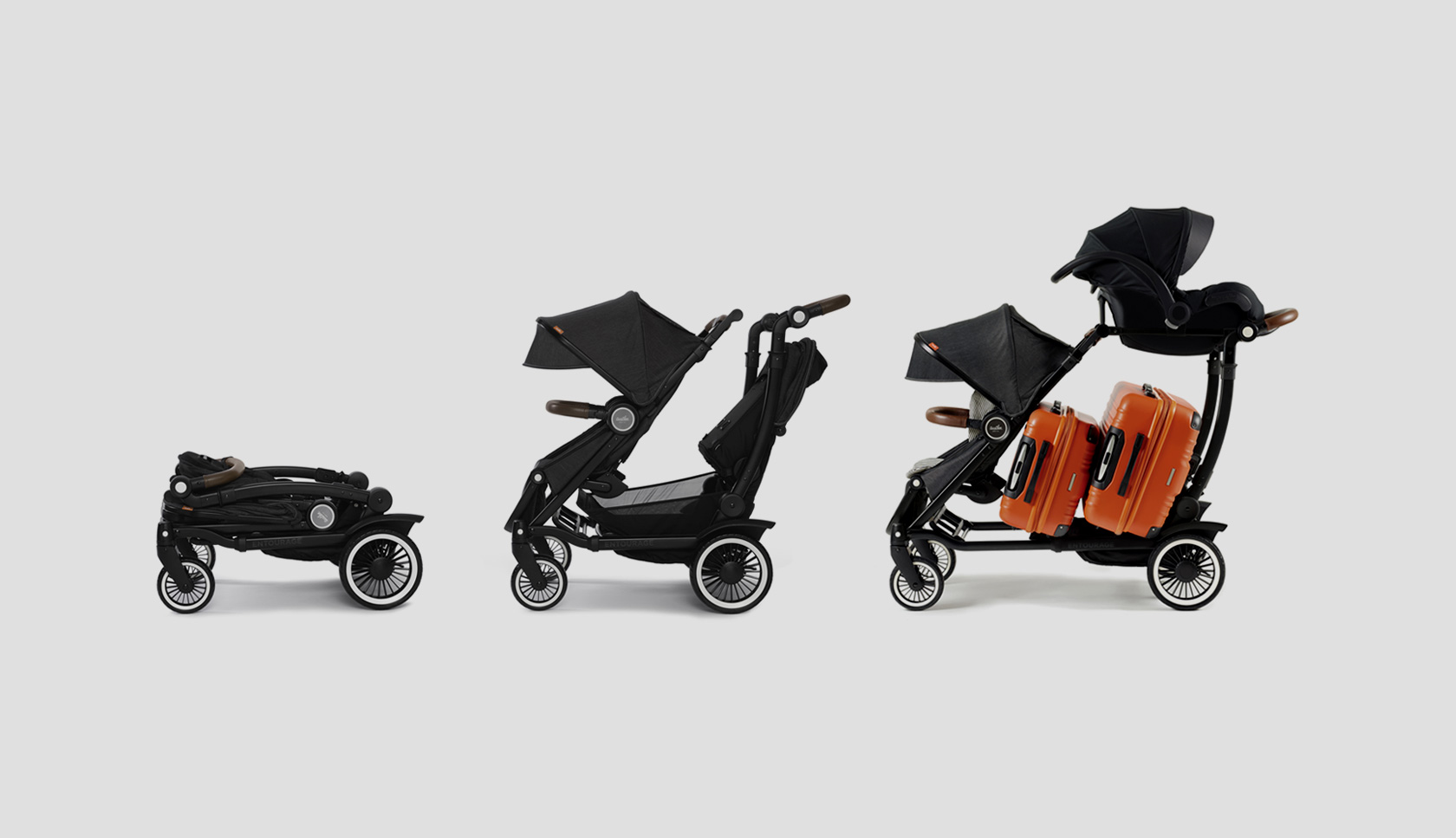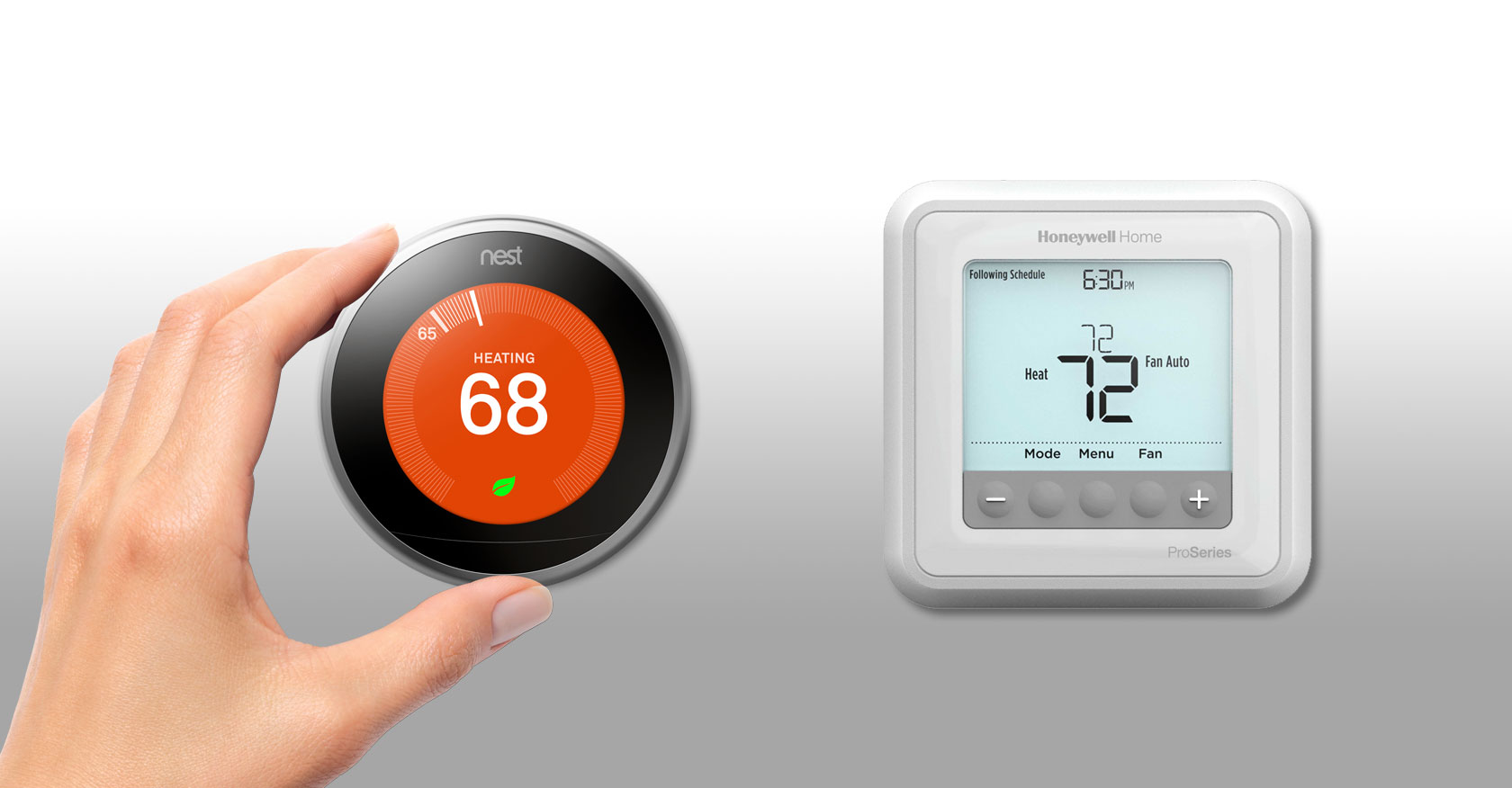
Article
Don’t Get Left Behind in the Evolution of the Modern Designer
Your product's hardware and software development go hand in hand. Industrial designers are poised to significantly impact UI — for the better. Learn how.
“Software is easier to change than hardware.”
“We’ll cross that bridge when we get to it.”
Both of these statements are likely to be thrown around at some point when designing user interfaces within product development efforts. There is a perception in product development that digital interfaces can be adapted to any hardware concept and that a dedicated UI/UX designer or team can be brought in later.
While technically correct, this strategy is all wrong. Designing an interface needs to start concurrently with the design of the hardware elements of the experience. To facilitate this process, designers need to break out of the silos that exist between disciplines (ID, UI/UX, etc.) and embrace a cross-functional role.
What is a User Interface?
Jef Raskin was an expert in human-computer interfaces during the early days of Apple. He stated: “As far as the customer is concerned, the interface is the product.” While this quote may conjure an image of the graphical user interface (GUI) on a smartphone, a second read will show that Raskin does not confine his definition solely to on-screen experiences.
Characterized broadly, a user interface is the space where interactions between humans and machines occur. Consider the user interface for the Austlen Entourage stroller: There is no digital interface, only physical touchpoints. Push a button, and the stroller collapses for easy transport and storage.

Products like the Austlen stroller are essentially a giant analog interface. Yet, “user interface” tends to be strongly associated with digital design so strongly that the entire wing of design encompassing on-screen experiences is designated as UI/UX.
Industrial Design to UI/UX Crossover
All designers should be experts in creating optimized workflows that address the needs of their users. And as an industrial designer, it’s no longer enough for you and your team to focus on hardware design alone. The skills required to create a usable physical product can transition to designing the on-screen experience. This evolution must take place to effectively design products in a world where customers expect a streamlined, connected experience.
When industrial designers start dipping their toes into UI/UX design, it’s important to remember that successful UI/UX requires training and an understanding of UI principles. That doesn’t happen overnight. However, the design field is more fluid than ever before. Thanks to a democratization of design tools and changes in emphasis in design education, designers are able to oscillate between functions.
With an expertise in physical usability, industrial designers are uniquely capable of transitioning this skill set to GUIs. This shift has already begun due to the rise in product experiences that mix hardware and software.
Benefits of Designing Under One Roof
Equal Influence – Design
The key to a successful user experience is to start thinking about the user interface as early as possible. Your design and engineering teams are already working in tandem (right?) using stakeholder needs, product requirements, and other metrics to drive the design direction. It’s tempting to put the interface on the back burner while the hardware concept coalesces into a defined direction. Resist this urge. Instead of the interface being influenced or constrained by a “frozen” hardware solution, give the user interface a seat at the table during early development.
As an example, consider a generic integrated hardware/software product solution with a screen and physical control buttons. With no UI/UX input early in the process, the layout, number, and configuration of physical buttons are likely to be based on a 10,000-foot view of what the design team thinks they might need to control the on-screen interface. But what happens when the interface design effort kicks off in earnest, and the button layout the team worked so hard on yields a poor on-screen experience? Or the addition of a feature that lives solely within the GUI requires an additional PCB component that triggers a hardware update?

If designers can utilize a multi-disciplinary skill set, hardware and software can be considered simultaneously during development. The UI can drive the functional requirements of the product on equal terms with technical constraints, ergonomics, and aesthetics. This reduces the risk of stumbling blocks later in development or having to settle for a poor user experience.
Equal Influence – User Experience
Allowing the design team to create the UI alongside the hardware eliminates the lines between specialties. The experience can be viewed as a holistic solution rather than two separate systems being merged. The comprehensive understanding of functions and workflows that grows during a development effort allows deeper insights into how the hardware and on-screen experience should interact with one another.
Not only does this lead to a superior user experience, but it allows your team to react quickly and effectively to unforeseen changes – like additional features driven by sales/marketing. A team responsible for both the hardware and software functions has a full understanding of the implications of any change, which allows design intent to be maintained throughout the development process.
Information Transfer
One of the riskiest parts of a project is a handoff to another team or department. No matter how meticulous your documentation is, effort and insights get lost in translation. In a scenario where the design team handles all aspects of the user experience, there is no handoff. Information flows seamlessly from the strategy phase through to concept and development. A style guide document may be created for the developers to actually implement the design, but the primary workflows and usability will already be in place.
The lack of handoff also increases efficiency. There are no project overview meetings for a UI/UX team joining the project in the later stages, less time spent creating documents and reports detailing the features and rationale of the design, and less overall back and forth between disparate teams.
When the entire decision-making process happens under one roof, nothing is left to chance.
Consistency
Establishing a visual brand language is a powerful way to connect with external stakeholders. By allowing the team responsible for the hardware brand language to have input or control of the GUI, a cohesive look and feel can be built across the entire user experience.
One way to accomplish this is by creating a set of verbal attributes that can crossover as much as possible between hardware and software. Images are gathered that best represent each verbal attribute in 2D (GUI reference) and 3D (product or environment reference). The final library of visual attributes helps designers create a unified language across the experience rather than risking a discrepancy between the hardware and software.
This level of control also allows fine details to be addressed: icons on physical buttons can match their on-screen counterparts, device colors can be duplicated on-screen, and redundant logo usage can be avoided.
User Interface Design Within the Product Development Process
As the lines between design specialties continue to blur, industrial designers are well positioned to play a significant role in user interface design. This shift in responsibility must be embraced in lieu of maintaining existing silos between specialties.
The transition to a cross-functional skill set should be accompanied by an evolution in the way integrated user interfaces are developed. It is critical to consider the interface’s impact on the design early in the process – and with just as much weight as the hardware. In doing so, you will establish equal influence, build on your team’s foundation of knowledge throughout development, reduce risk and wasted effort, and establish a consistent visual language.
It’s no longer enough to be just an industrial designer. Apply this thinking to yourself and your process – or risk being left behind.





